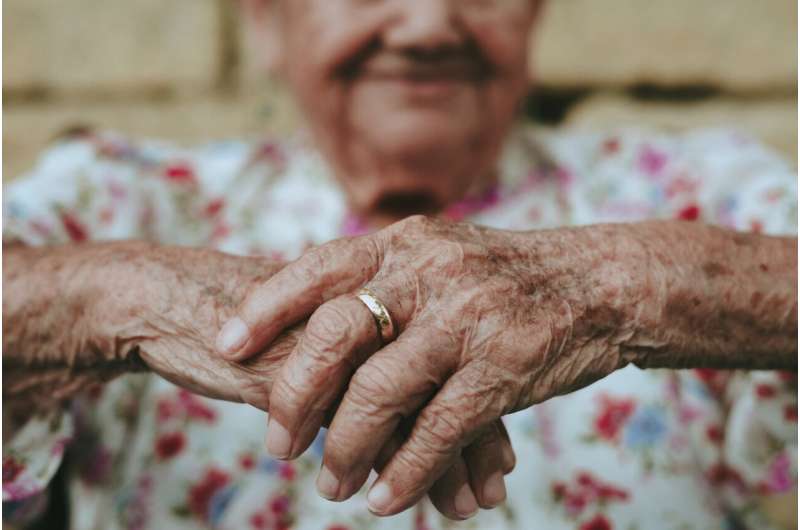Home » Health News »
Highlighting the challenges of melanoma diagnosis

QIMR Berghofer researchers have found that nearly a third of melanomas picked up during routine skin checks may not be harmful.
The findings highlight the need for further research to determine why some melanomas appear to stay dormant and undetected for long periods of time. This finding may lead to more accurate diagnostic tools which might spare some patients from the anxiety associated with a melanoma diagnosis.
Professor David Whiteman, who led the study, said researchers followed a large cohort of Queenslanders over seven years, and found melanoma detections were significantly higher among the group who had their skin examined by a doctor before enrolment in the study.
“The results suggest that up to 29 percent of the melanomas detected during skin checks may never have come to light if that person wasn’t screened,” Professor Whiteman said.
“It suggests that skin examinations and biopsies are picking up things that look and feel just like melanomas, but they don’t always behave like them or cause harm.
“Melanoma can be a very dangerous cancer and our study does not lessen the importance of good prevention, screening and treatment at all. But it does open up some exciting research possibilities to improve diagnosis and treatment of the disease.”
The observational study, which is being published in the British Journal of Dermatology, offers the first estimate of potential melanoma overdiagnosis using individual patient data.
Professor Whiteman said that if researchers could address the issue by delivering improved diagnostic tools, it would benefit patients, doctors and the health system.
“Patients diagnosed with melanoma have to live with the fact they have a potentially fatal cancer, and endure ongoing check-ups and scans. It’s a life-changing event,” Professor Whiteman said.
“Fortunately, most people diagnosed with melanoma in Australia can expect an excellent prognosis, as doctors in this country are world leaders in the detection and treatment of this disease.
“If we can find a way to distinguish the melanomas with a good prognosis from the very nasty melanomas, we might be able offer patients better information about their condition and more appropriate treatment options.
“It would also help alleviate pressure on the healthcare system as melanoma treatment is very, very costly.”
The research involved more than 40,000 participants from QIMR Berghofer’s QSkin, the largest study ever conducted on skin cancer.
The QSkin Study Team includes genetic researchers at QIMR Berghofer who are investigating whether there are particular genes that influence the behavior of melanoma and the development of more serious disease.
Source: Read Full Article


